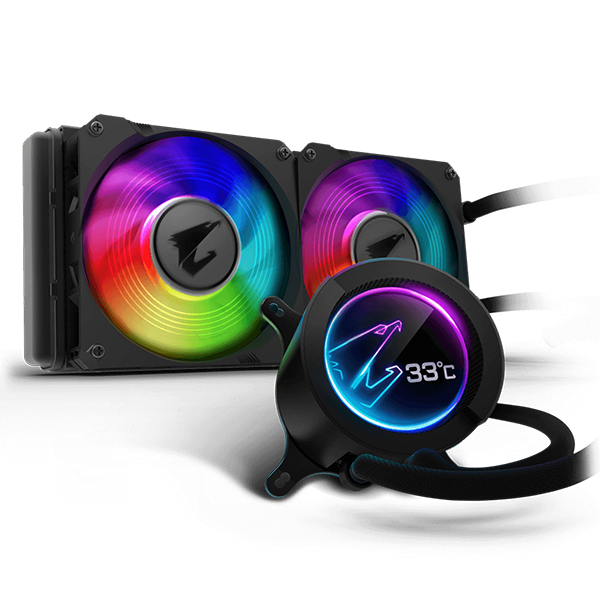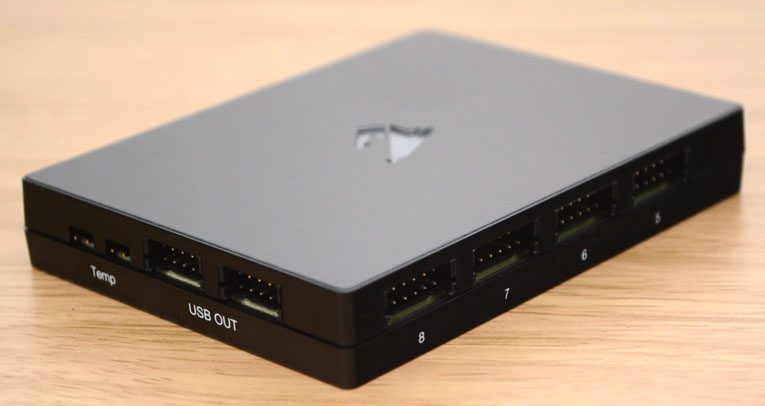
Overall we’re really excited about this massive change, and it is very clear that Corsair are looking to provide an unhindered building experience for consumers. All of the old SKUs and all of the new SKUs will still use the current version of iCUE, so the software isn’t inherently changing, but the hardware is. iCUE Link is likely to be the future for RGB and fan control, but all of the older coolers, fans, cases, RAM, and more will still be fully compatible with iCUE. This is unfortunately, the biggest caveat to the new system as a whole, but we’ll be able to give you some indicator on whether it will be worth it when we get out hands on some iCUE Link products.Īnother small point to mention is that Corsair is not discontinuing legacy products. This is an important step as this can help your system look clean through efficient and tidy cable management. Although there is a likelihood that Corsair will introduce budget options in the future, this new DIY system is not going to be a cost effective option. First we would recommend becoming familiar with your motherboard layout.

There are some minor points to touch upon as well.

Each fan will also have a thermistor which allows you to keep an eye on temperatures instead of just power consumption. The new hub takes a 6-Pin PCI-E power connector as well, so you won’t need to stress about power consumption. This means that as soon as your cables are plugged in, iCUE will do the rest of the job for you, minimising configuration too.

All of the new devices will also have effectively an in-built microprocessor that has it’s own individual ID that will control voltage regulation and data transfer.


 0 kommentar(er)
0 kommentar(er)
